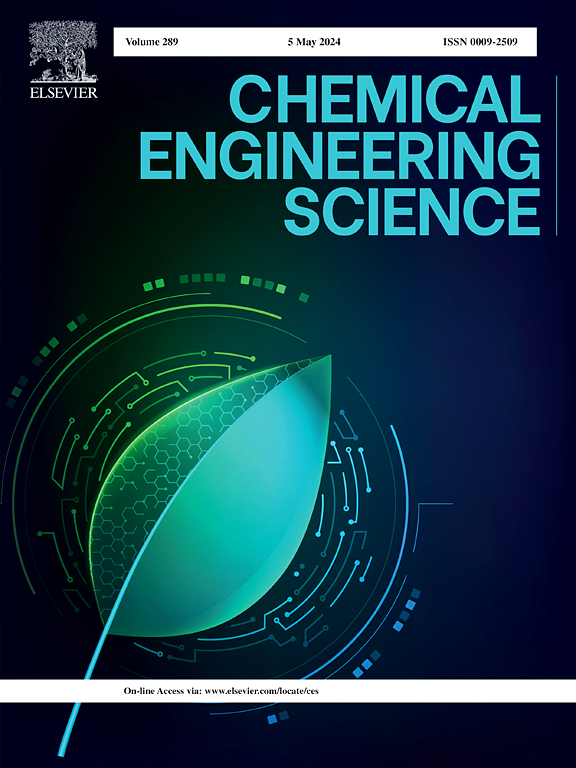Zeolite-catalyzed alkylation of lignincellulose-derived phenols and furan alcohols for synthesis of sustainable aviation fuel
IF 4.1
2区 工程技术
Q2 ENGINEERING, CHEMICAL
引用次数: 0
Abstract
Synthesis of biofuels from lignocellulosic depolymerization products is a promising path. However, the commonly used feedstocks are the downstream depolymerization products of lignocellulose. Here we report an effective method to produce biofuels from upstream depolymerization products of lignocellulose (i.e. lignin derived phenols and holocellulose derived furan alcohols). Phenols and furan alcohols undergo alkylation reaction with zeolite as catalyst, and then alkylation products can be turned into hydrocarbon fuel through hydrodeoxygenation reaction. For alkylation reaction, the key step is the electrophilic substitution reaction of carbocation formed under the catalysis of acid. For furfuryl alcohol with simple structure, the catalyst with large pore size and moderate acid content is sufficient to catalyze the reaction. For 5-hydroxymethylfurfural with higher steric hindrance, more acidic catalyst is required to promote the formation of carbocation. The two alkylation reactions can achieve both high conversion of furfural alcohol and selectivity of alkylation production over 85 %. The branched monocycloalkane fuel obtained by hydrodeoxygenation of alkylation products has a density of 0.807 g/cm3 (20 °C) and a freezing point less than −60 °C, meeting the requirements of RP-3 and is expected to become a main component of aviation jet fuel. This work provides ideas for the direct use of biomass depolymerization products to produce bio-aviation fuels with excellent performance.求助全文
约1分钟内获得全文
求助全文
来源期刊

Chemical Engineering Science
工程技术-工程:化工
CiteScore
7.50
自引率
8.50%
发文量
1025
审稿时长
50 days
期刊介绍:
Chemical engineering enables the transformation of natural resources and energy into useful products for society. It draws on and applies natural sciences, mathematics and economics, and has developed fundamental engineering science that underpins the discipline.
Chemical Engineering Science (CES) has been publishing papers on the fundamentals of chemical engineering since 1951. CES is the platform where the most significant advances in the discipline have ever since been published. Chemical Engineering Science has accompanied and sustained chemical engineering through its development into the vibrant and broad scientific discipline it is today.
 求助内容:
求助内容: 应助结果提醒方式:
应助结果提醒方式:


